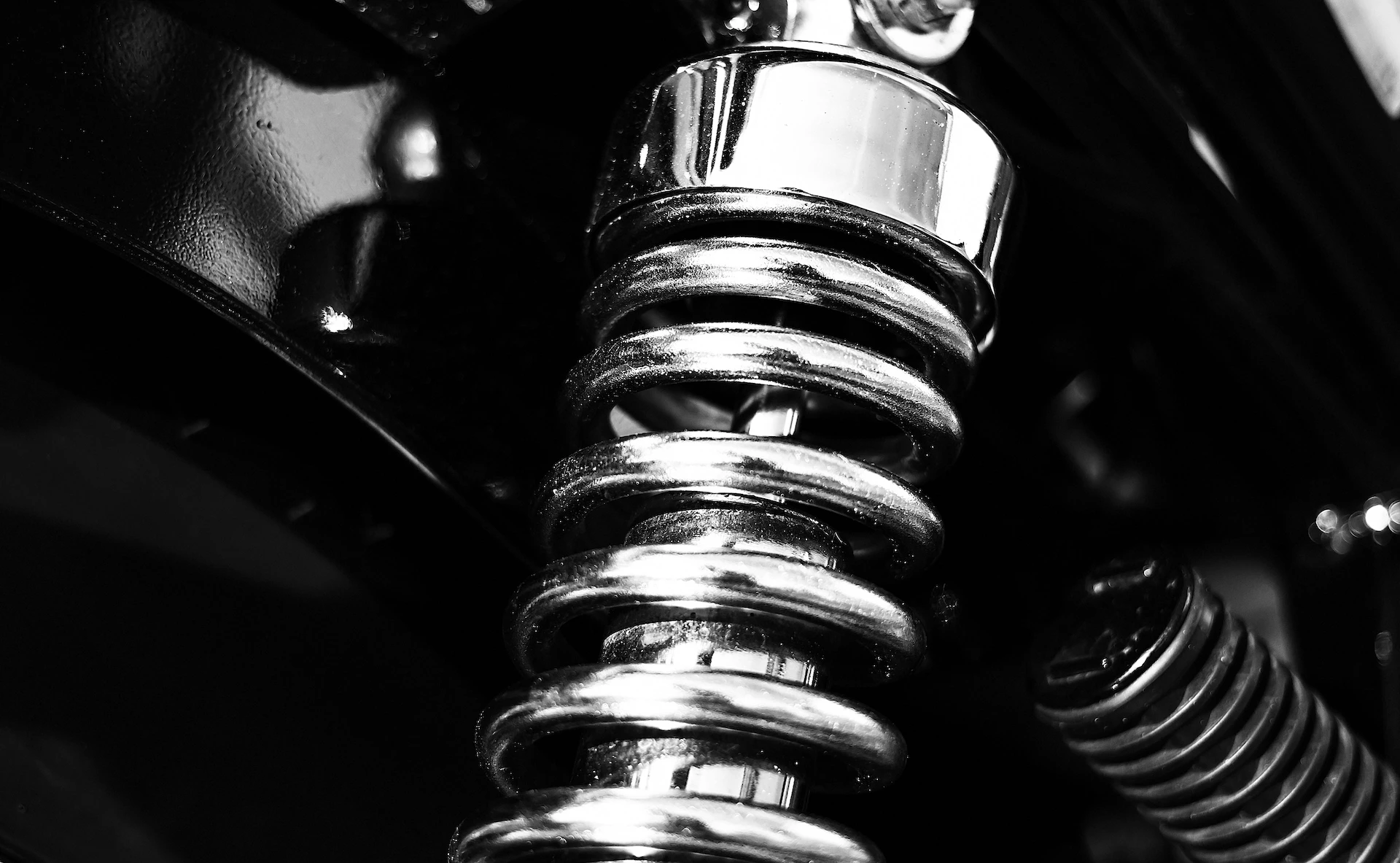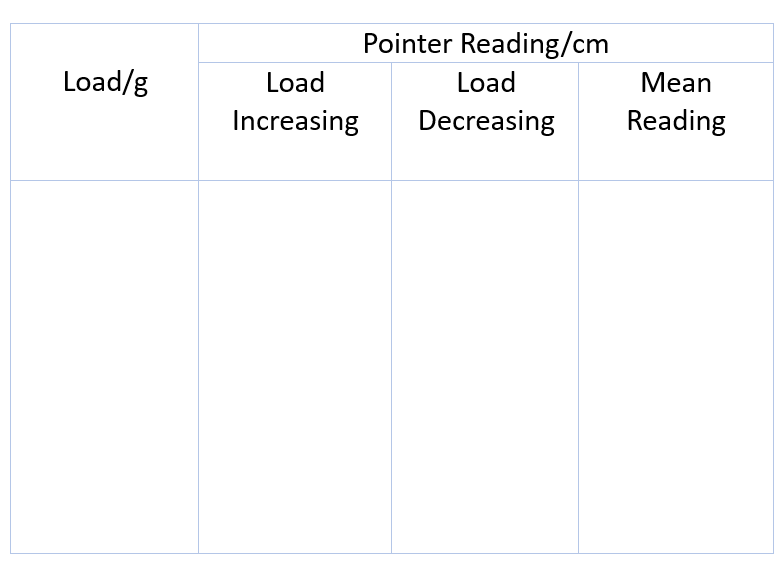1. Introduction of the experiment.
2. Aim of the experiment.
3. Tools of the experiment.
4. Steps and methods of the experiment.
5. Parameter, Theory and Final law of the experiment.
6. Table of The Readings.
7. Medical application and advantages of the experiment.
Hooke’s Law is a principle of physics that states that the that the force needed do extend or compress a spring by some distance is proportional to that distance. Fs = kx The law is named after 17th century British physicist Robert Hooke, who sought to demonstrate the relationship between the forces applied to a spring and its elasticity.
-To Verify Hooke’s law and to determine the force constant of the spring ,i.e the force required to produce unit extension.

· Spiral Spring.
· Stand And Clamps.
· Metre or half-metre rule.
· Slotted masses and hanger (or scale pan and masses).
· Stop watch.

–Suspend the spring so that it hangs vertically from a rigid support, and to the lower end attach the first of the slotted masses (the hanger). Clamp the scale vertically alongside the spring so that a small pointer or flag attached to the spring moves lightly against the scale. If the apparatus is not provided with a pointer, one can easily be improvised by folding a piece of gummed paper round the straight portion of the spring and cutting it to the necessary shape or alternatively by sticking a needle, by means of Sellotape or Plasticine, to the underside of the first weight.
–Record the reading of the pointer and the mass attached to the spring.
–Increase the load by successive increments of 10 or 20 g, and record the pointer reading each time. When about ten such readings have been taken, and before the spring has stretched to more than double its original unloaded length, start unloading the masses and again record the pointer readings.
Parameters:
𝝀: the force constant
QN: the load in (g)
PN: pointer reading in (cm)
𝒈: gravitational acceleration


The force constant of the spring:


7 -Medical Application:
in Pacemakers, springs are used to make sure that the leads that connect the electrical circuits to the heart do not become dislodged.